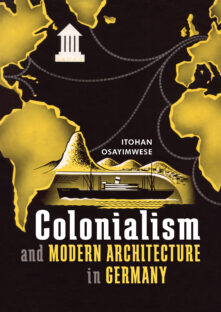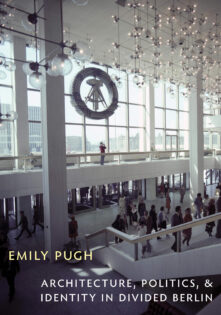Culture, Politics, and the Built Environment
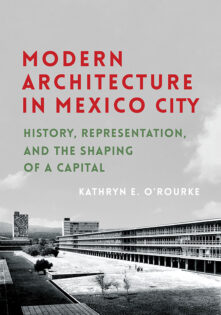

Modern Architecture in Mexico City
History, Representation, and the Shaping of a Capital
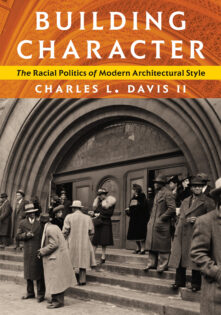

Building Character
The Racial Politics of Modern Architectural Style
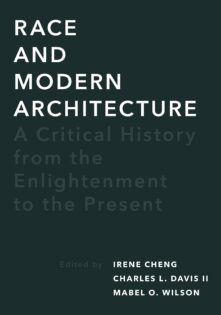

Race and Modern Architecture
A Critical History from the Enlightenment to the Present
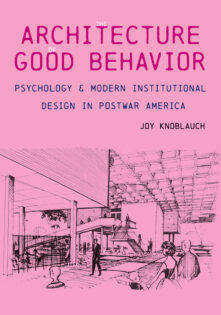

The Architecture of Good Behavior
Psychology and Modern Institutional Design in Postwar America
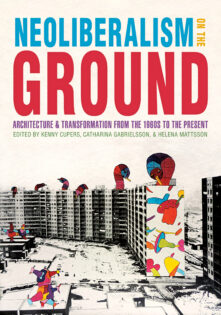

Neoliberalism on the Ground
Architecture and Transformation from the 1960s to the Present
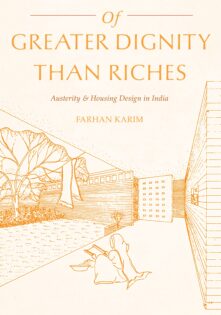

Of Greater Dignity than Riches
Austerity and Housing Design in India
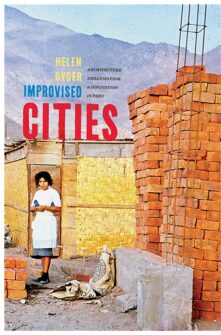

Improvised Cities
Architecture, Urbanization, and Innovation in Peru
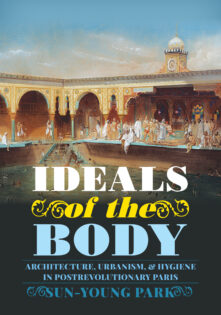

Ideals of the Body
Architecture, Urbanism, and Hygiene in Postrevolutionary Paris
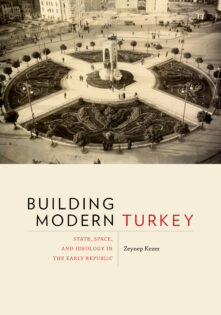

Building Modern Turkey
State, Space, and Ideology in the Early Republic


Re-Collecting Black Hawk
Landscape, Memory, and Power in the American Midwest
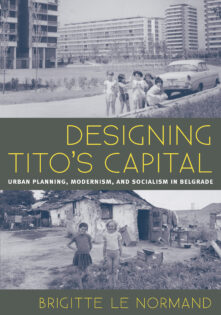

Designing Tito’s Capital
Urban Planning, Modernism, and Socialism in Belgrade
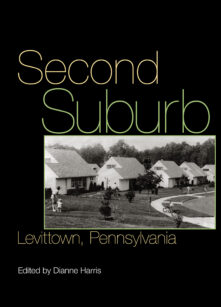

Second Suburb
Levittown, Pennsylvania
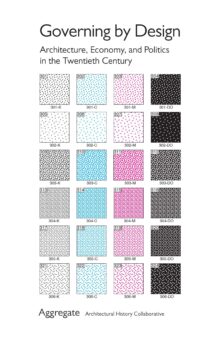

Governing by Design
Architecture, Economy, and Politics in the Twentieth Century
Total 15 results found.


